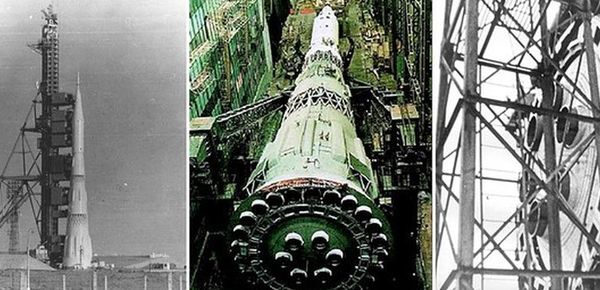Elon Musk explained the failure of the mission of the USSR for a Month

2018-02-12 17:51
Elon Musk explained the failure of the mission of the USSR for a Month
According to Mask, the failure of the launches of super-heavy Soviet missiles N-1 was due to “failures of avionics”.

Sign up for news “UkrMedia” in Facebook, Twitter or Google+
The head of the American company SpaceX Elon Musk called the cause of failed launches heavy rocket N-1, with which the USSR planned to deliver an astronaut on the moon, reports Rus.Media.
This was reported by the journalist of the edition ArsTechnica Eric Berger.
A week before SpaceX launched its super-heavy launch reporter inquired from the businessman whether he considers the use 27 Merlin 1D engines on the first stage of the Falcon Heavy is technologically justified, given the experience of H-1, the first stage which included 30 of the engine NK-15.
According to Mask, the failure of N-1 is mainly due to the failures of avionics. The businessman is sure that chosen for the Falcon Heavy architecture is more secure than using the first stage of a smaller number of more powerful engines as the Falcon Heavy “to half a dozen engines can fail, but the rocket will still be in orbit”.
The head of SpaceX compared the Falcon Heavy architecture with modern computer systems used by Google or Amazon, where the failure of one device does not affect the performance of the whole system. Decisions based on a small number of large devices, Musk believes the “old approach.”
The entrepreneur said that the architecture developed new SpaceX super-heavy launch BFR (Big Falcon Rocket), testing the second stage which will begin in 2019 (the media has to fly in 2022), based on the decisions used in the creation of the Falcon Heavy.
First degree the BFR must include 31 engine Raptor. “It gives me great faith in our next architecture, Musk said the journalist after the launch of the Falcon Heavy. — It gives me confidence that BFR is really quite efficient”.
In the period from 1969 to 1972 there were four start N-1, designed for insertion into low-earth orbit of up to 90 tons of payload, and they all failed. Problems arose due to a malfunction of the simultaneous operation of 30 engines NK-15, installed on the first stage of the carrier.
In 1968-1972 the Kuibyshev OKB-276 on the basis of PK-15 has developed a unit of NK-33, the equipment which is currently second only to the toxicity of the RD-253 (established in 1963 Khimki OKB-456) and modern units Merlin 1D (company SpaceX).
The SpaceX Falcon Heavy rocket was launched 6 February 2018. The launch of superheavy carrier became the first in the world over the past 30 years. Structurally, the first stage of the rocket consists of a Central unit and a pair of side boosters, which is a streamlined first stage of a heavy vehicle, the Falcon 9, each of which contains nine Merlin 1D engines. Because the Falcon 9 is designed in such a way that when it is run valid failure of two of the nine Merlin 1D, Falcon Heavy with 27 power units at the first stage should continue to work even after disabling six of them.






